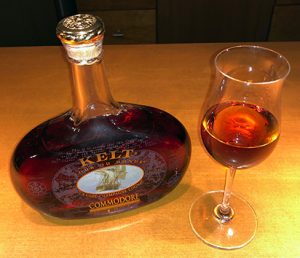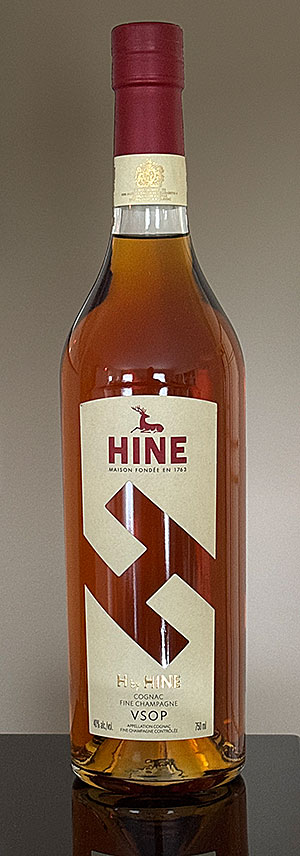
Click here for tasting notes.
H by Hine is a selection from Hine Cognac, a distinguished brand with a rich history which traces its origins back to the 18th century. Thomas Hine, a young Englishman from Dorset, traveled to France to learn French and the art of making cognac. He settled in the town of Jarnac, in the heart of the Cognac region, where he fell in love with and subsequently married Françoise Elisabeth Delamain, the daughter of a famous cognac négociant (a person or firm that sells or ships wine as a wholesaler).
Hine was made a partner in his father-in-law’s business, and developed a reputation for seeking out only the finest cognac. He expanded what was to become the traditional business of the Hine company: making bespoke cognacs for English wine merchants. In 1817, Thomas Hine officially took over the family business, renaming it Thomas Hine & Co. Continue reading “H by Hine VSOP Cognac”


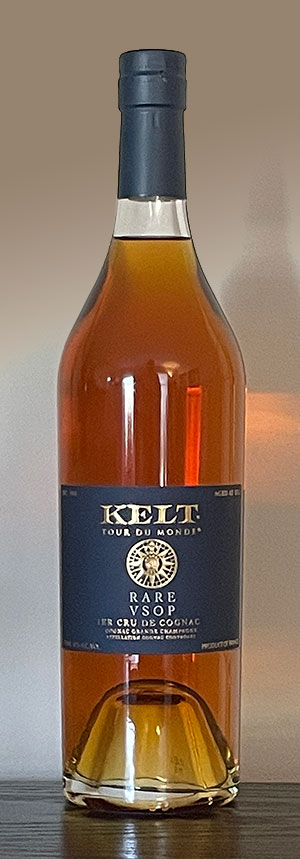
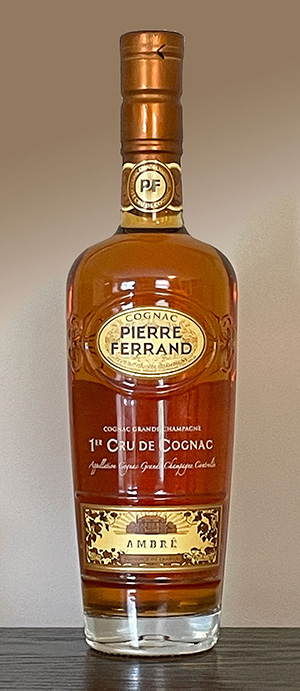 First, let’s talk about brandy vs. Cognac. Brandy is a liquor distilled from grape wine and aged in wood. (Brandy can be made from fruits other than grapes as well, but that’s a story for another time.) Cognac is brandy that specifically comes from the town of Cognac and the delimited surrounding areas in western France. (The one which has the most favorable soil and geographical conditions is Grande Champagne.) So, all Cognacs are brandy, but not all brandies are Cognac. For more detail on Cognac, click
First, let’s talk about brandy vs. Cognac. Brandy is a liquor distilled from grape wine and aged in wood. (Brandy can be made from fruits other than grapes as well, but that’s a story for another time.) Cognac is brandy that specifically comes from the town of Cognac and the delimited surrounding areas in western France. (The one which has the most favorable soil and geographical conditions is Grande Champagne.) So, all Cognacs are brandy, but not all brandies are Cognac. For more detail on Cognac, click 
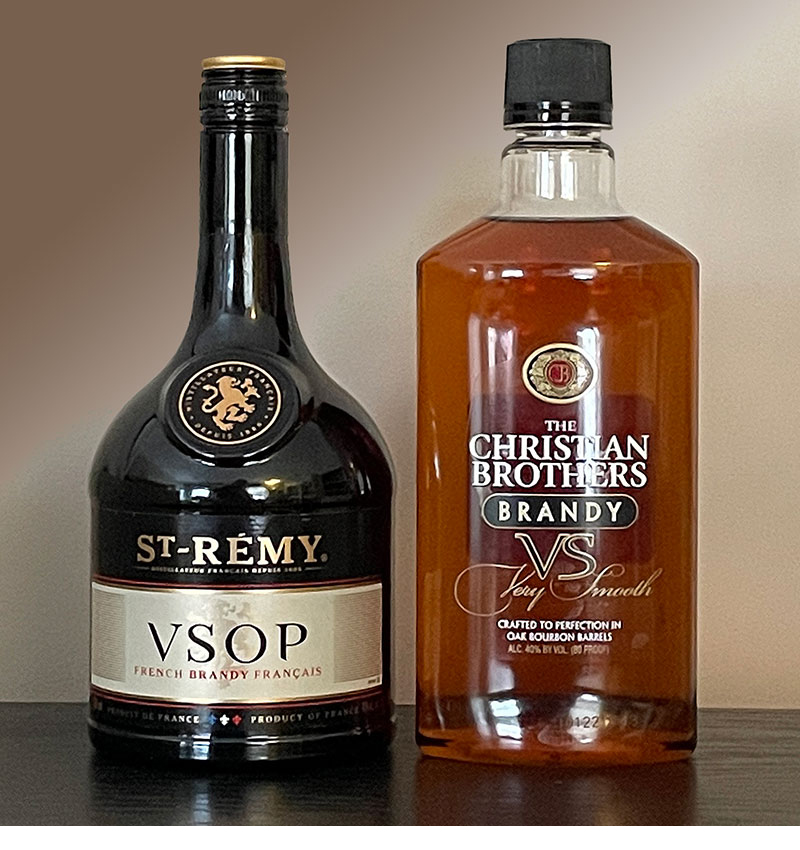
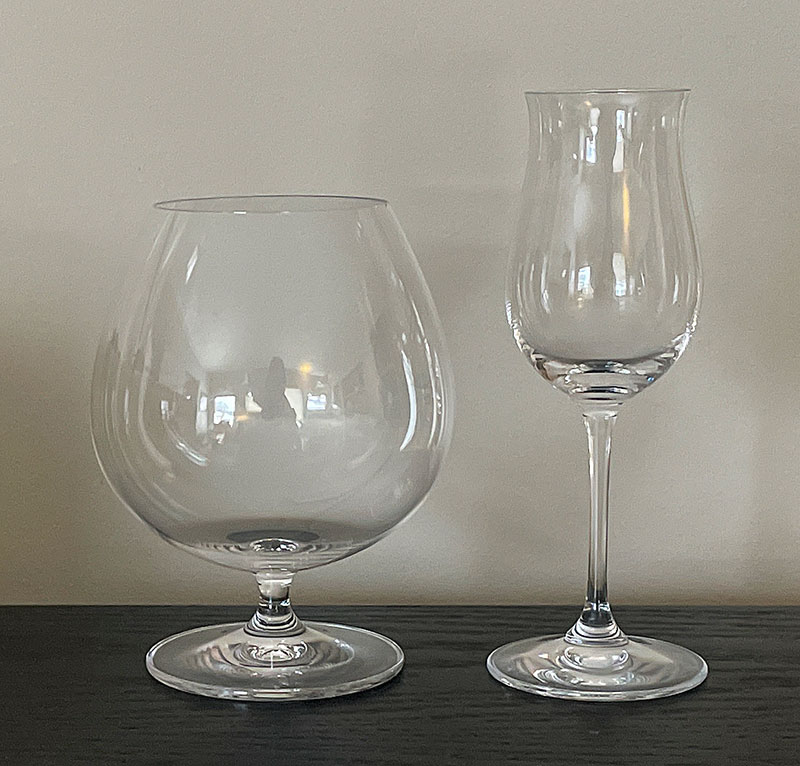 L: Riedel Brandy Snifter / R: Riedel Cognac Hennessey Glass
L: Riedel Brandy Snifter / R: Riedel Cognac Hennessey Glass